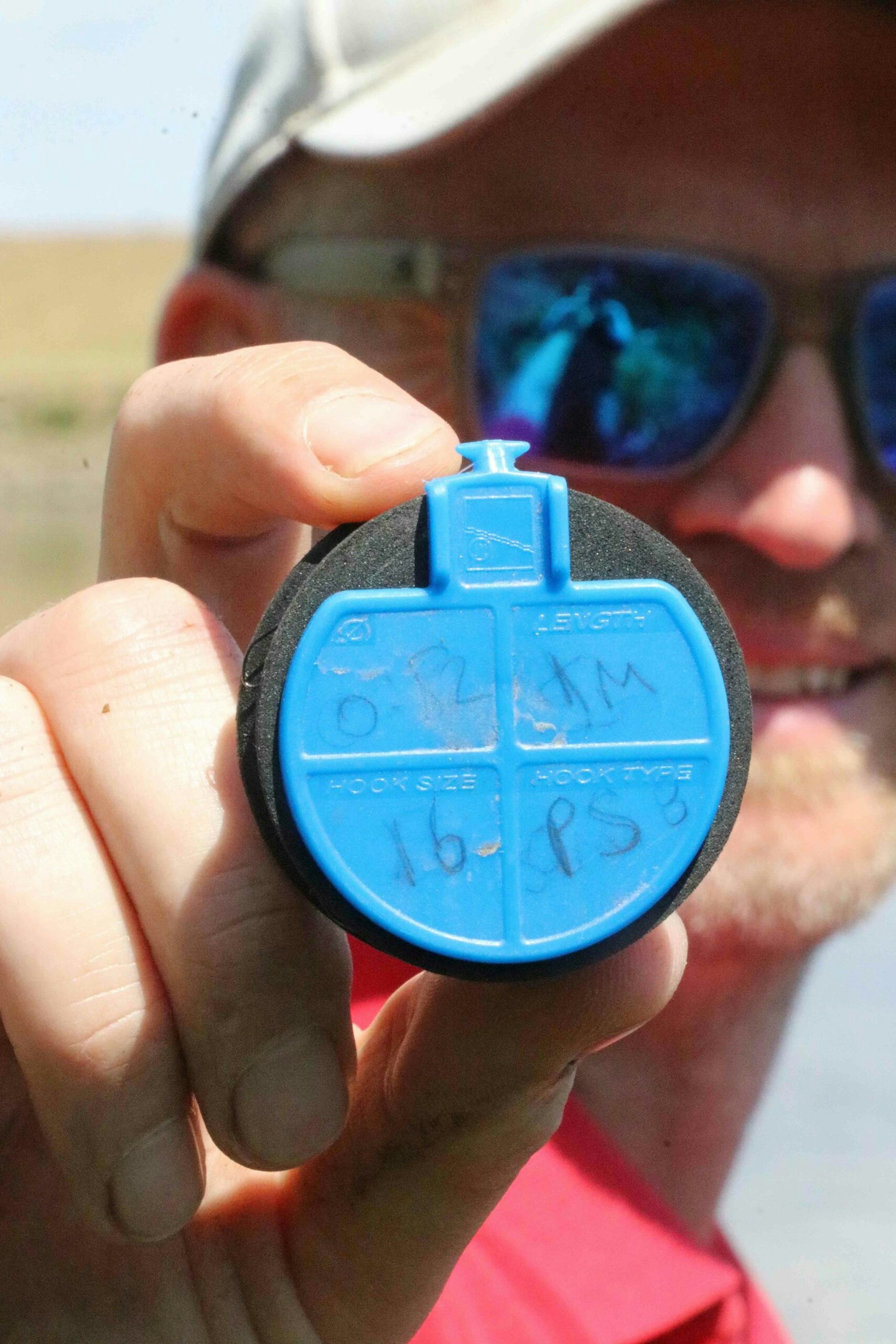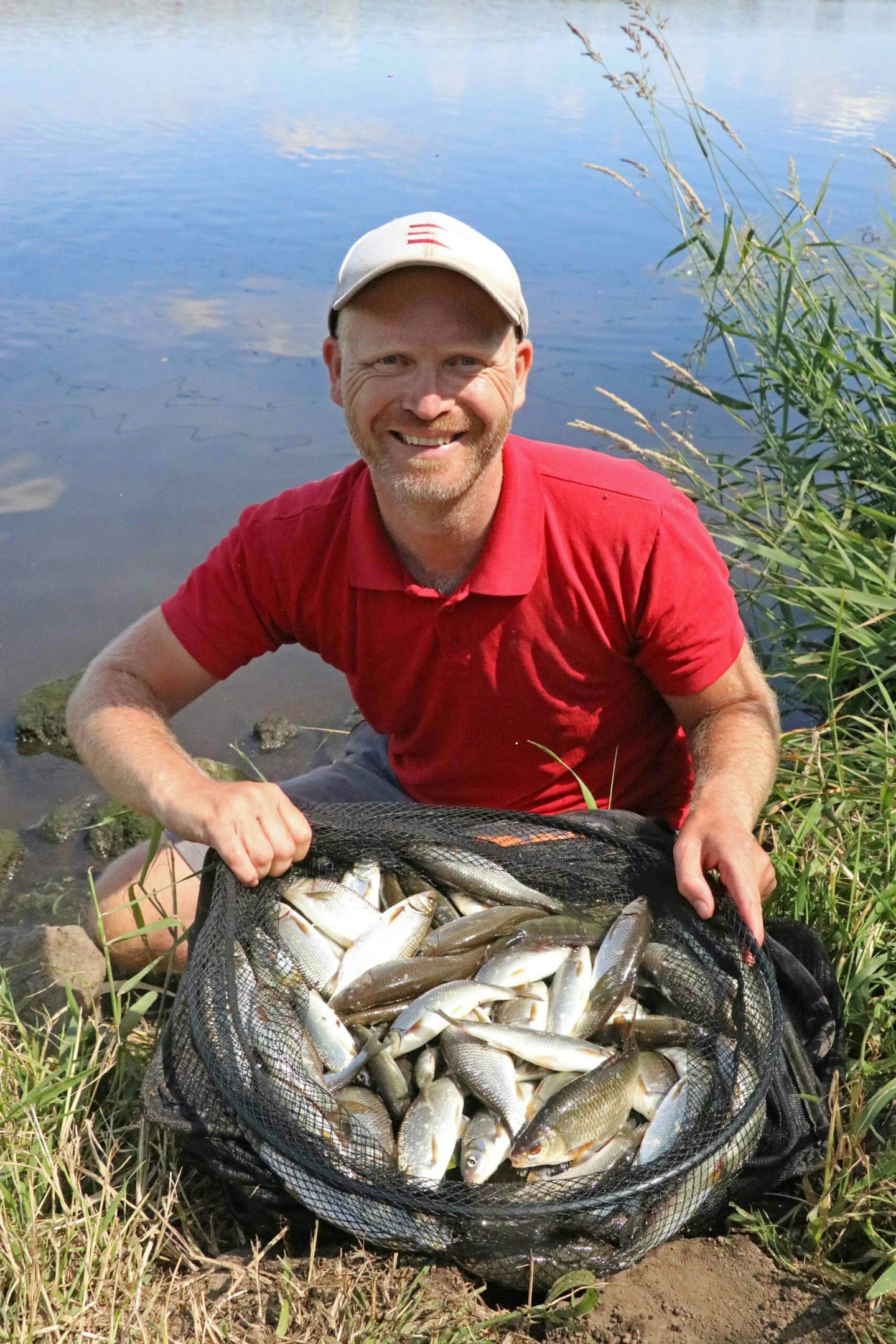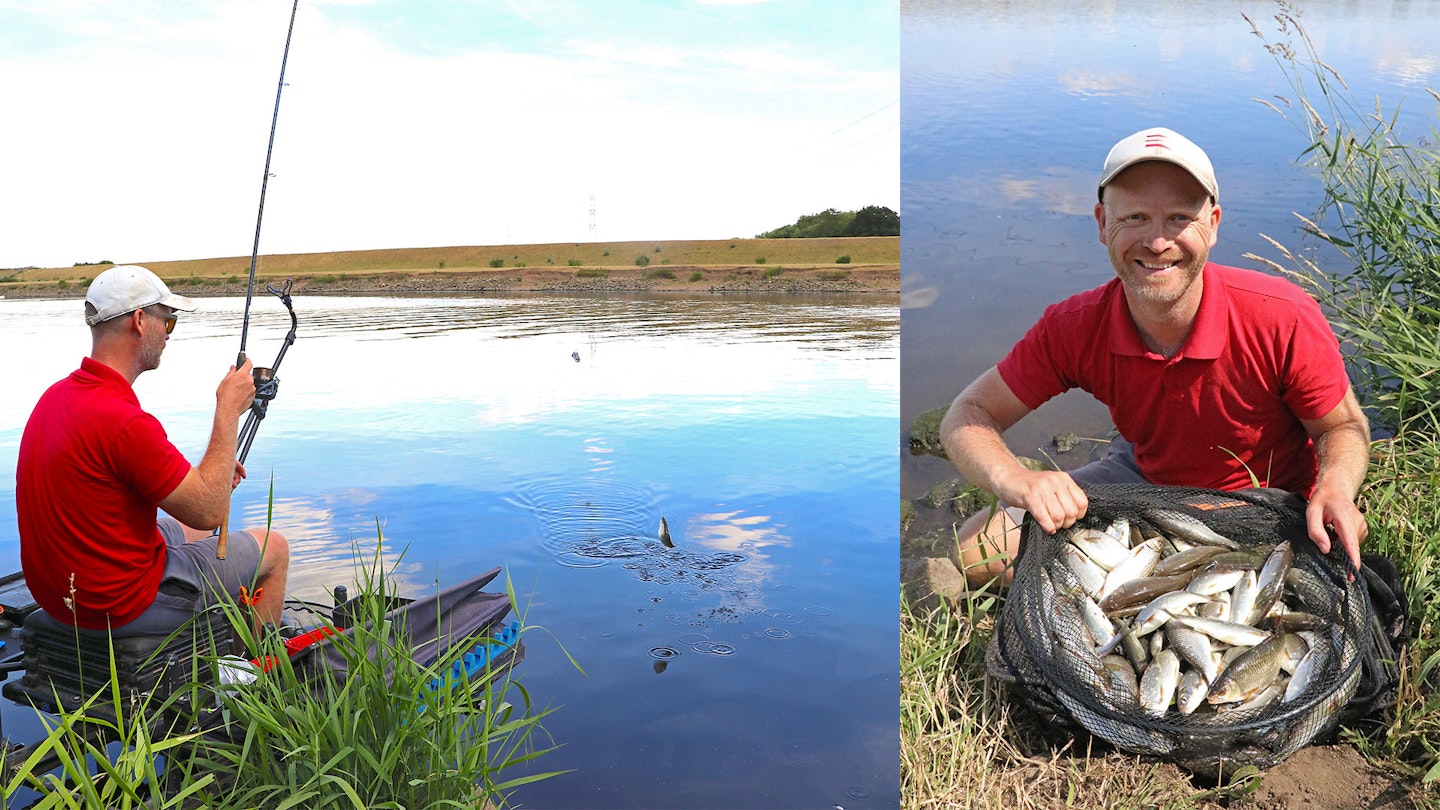READ the pages of Angling Times and you’ll see plenty of big barbel, chub and even zander caught from the River Trent on a regular basis.
On the match front, bream and barbel lead the way, but there’s more to the river than just big fish – we’re talking roach and dace.
From a pleasure fishing point of view, that means lots of bites, perhaps too many at times, given the massive head of small fish the river holds.
Both roach and dace are famed for being fast-biting, active fish. The pole or float are good ways to catch but, for me, the feeder is the best tactic of all – a simple and easy way to bag up, once you’ve made some adjustments on the bank.
Here's how I do it...
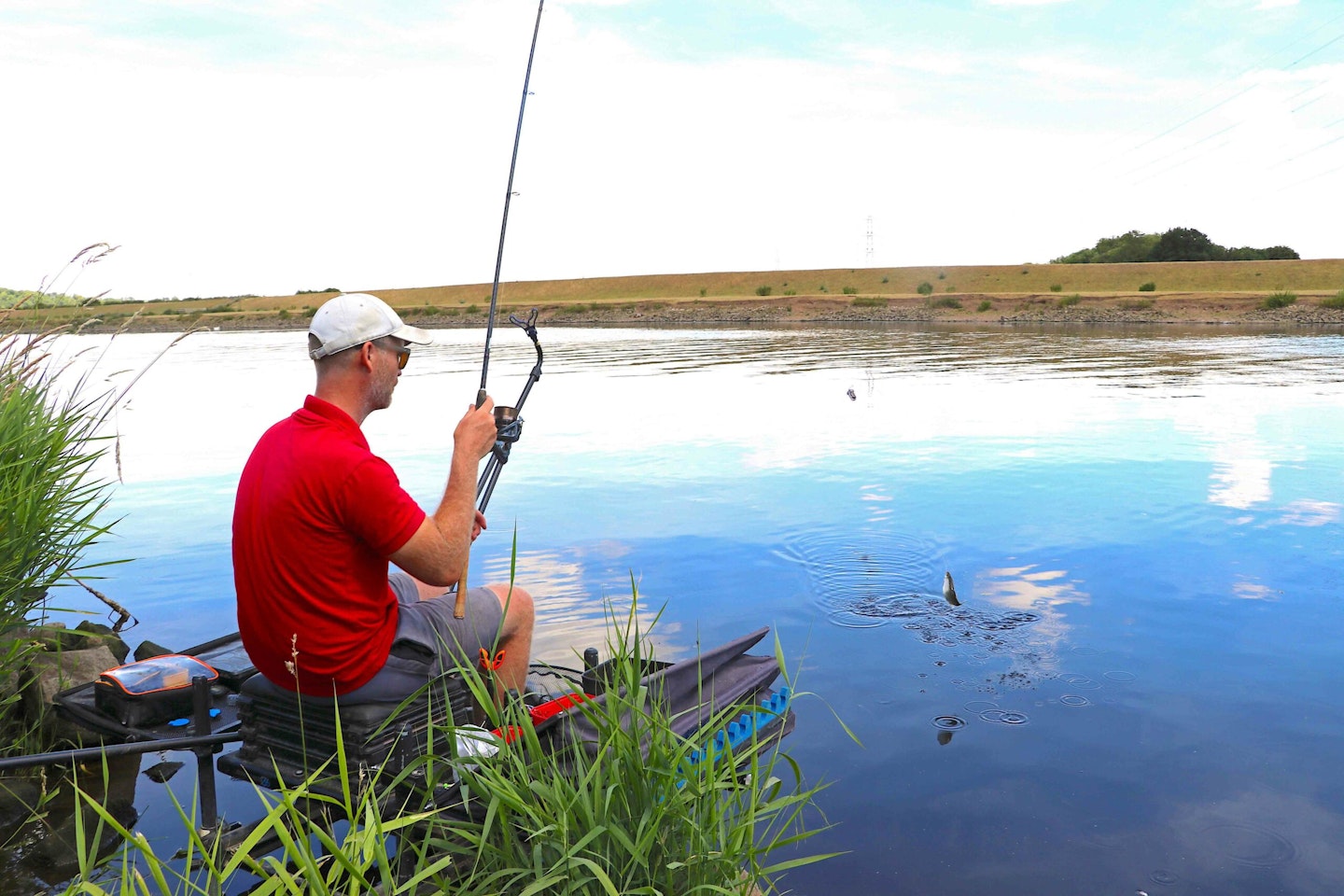
Go light with feeders
A 35g Middy Speed Cap blockend feeder is fine on low, clear summer rivers. Missing bites? I’d go up to a 45g feeder. The extra weight will help me hook the fish better.

Cram the bait in!
With lots of small fish present, you need to be feeding plenty, so I’ll fill a small feeder to the brim. Try half-filling a big feeder and the maggots will only spill out on the cast!

Keep the line tight
I’ll cast, let the feeder settle, then hold the rod up in the air off the rest. Slowly pulling the rod back towards me, I’ll always keep the line tight and can therefore see a bite easily.
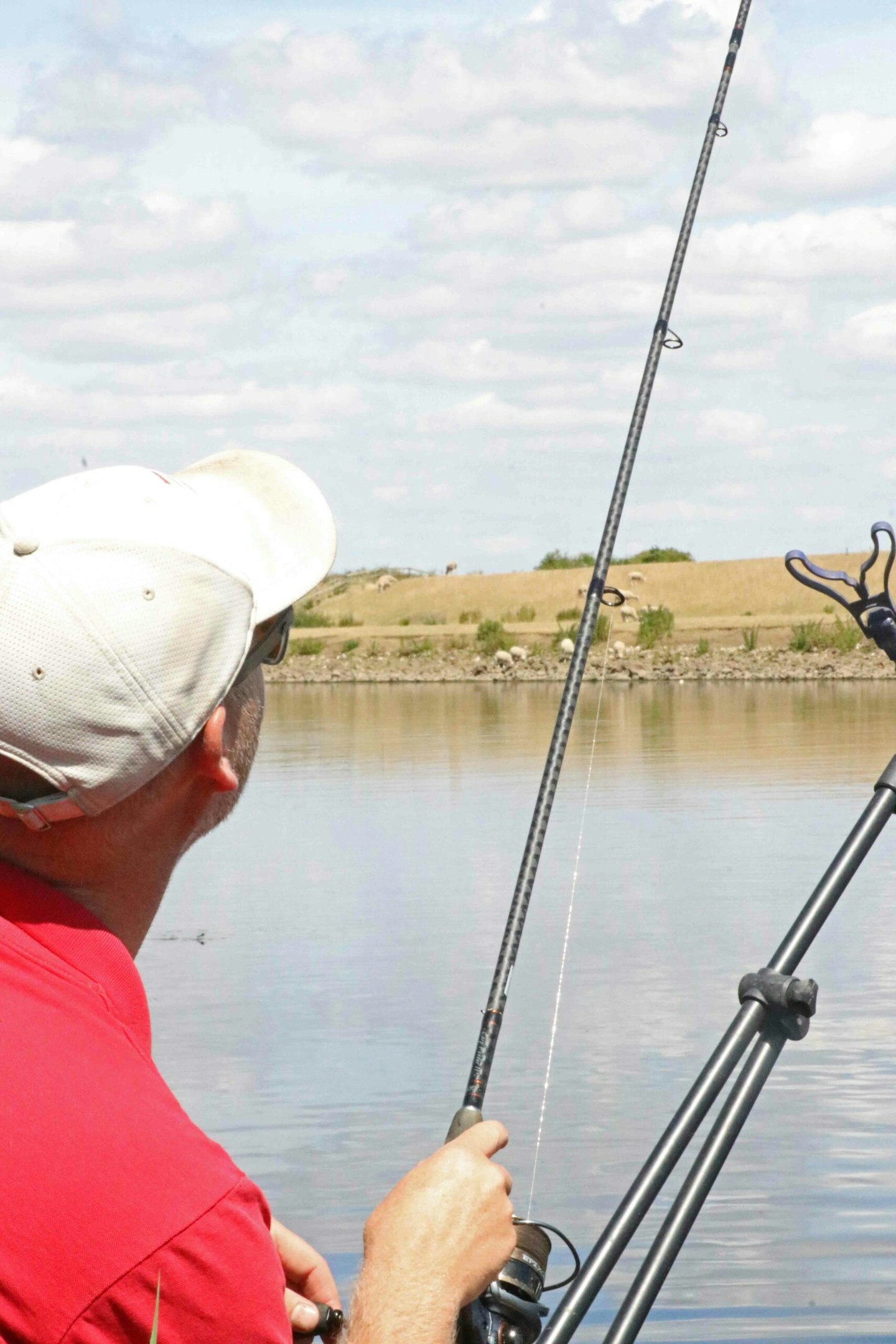
Use big hooks
Fish on big rivers in summer aren’t tackle-shy. A bigger hook will help you hit more bites. Try a size 14 Kamasan B560, matched to a 0.14mm hooklength of Middy Lo-Viz.

You don’t need braid
Braid can lead to you striking too early... 6lb Middy M-Tech mono lets me see a bite when the fish is more or less hooked, plus it’s better to play bonus fish like bream or barbel on!

Shorter hooklength
I’ll fish a 1m-long hooklength, going down to 50cm-60cm once I start getting regular bites. A shorter link helps fish to hook themselves against the weight of the feeder.
